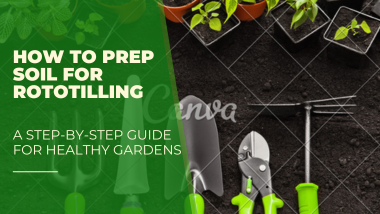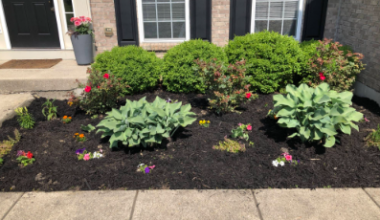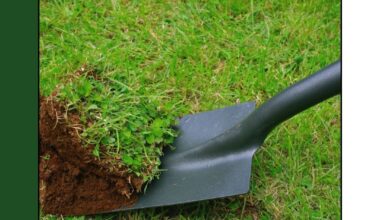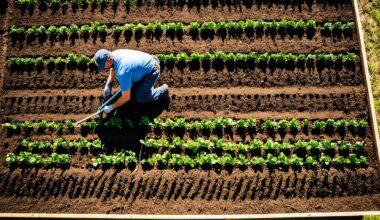Preparing your soil for rototilling is crucial for fostering healthy plant growth.
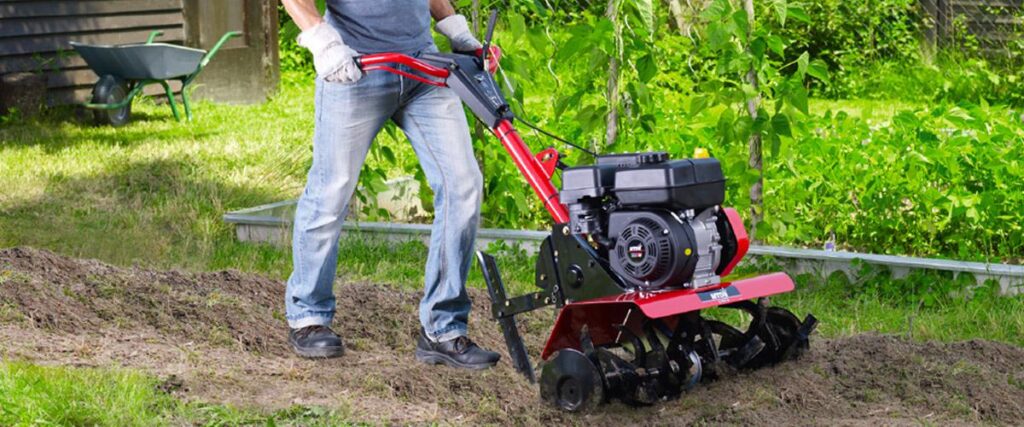
This guide on how to prep soil for rototilling will help you break up compacted soil, improve aeration, and enhance water absorption. And by following these steps, you’ll set up your garden for success. Let’s get started!
What is Rototilling?
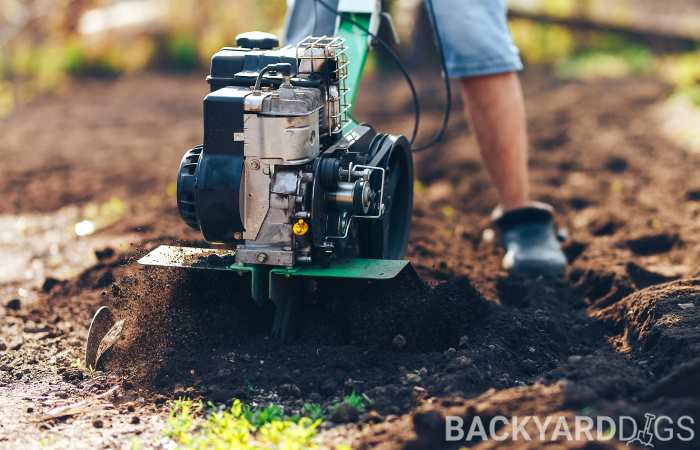
Rototilling is the process of breaking up and loosening compacted soil using a machine called a rototiller. This process allows plant roots to grow deeper and absorb more nutrients, while also eliminating weeds and integrating organic matter.
Why Prep Soil for Rototilling?
How to prep soil for rototilling effectively can transform hard, compacted soil into a loose, rich planting medium. Properly tilled soil supports root growth, improves air circulation, and allows nutrients to travel deeper.
However, rototilling without preparation may disrupt soil organisms and structure. Ensuring your soil is well-prepped before you begin is essential.
- Clear the Area
Before rototilling, it’s vital to clear the soil surface of obstacles first. Remove rocks, sticks, and debris that could jam the tiller blades. This often-overlooked step is essential for smooth operation.
Pro Tip: If your soil is full of large rocks, consider using a rake or spade to avoid damaging your tiller.
- Remove Large Weeds and Grass
A common mistake in prepping soil for rototilling is tilling directly over weeds and grass.
These can become tangled in the tiller and resurface later. Manually pull out large weeds or use a hoe to break up clumps of grass. Using a weed killer beforehand ensures a cleaner surface.
Extra Tip: Organic gardeners may prefer natural herbicides or manual removal to maintain soil health.
- Moisten the Soil (But Don’t Overwater)
Dry soil can lead to clumpy, uneven results. On the other hand, waterlogged soil becomes muddy. The key is to lightly water a few days before tilling to create slightly moist soil, making it easier for the tiller to penetrate.
- Test and Amend the Soil

Understanding your soil’s composition is critical in the process of how to prep soil for rototilling.
Conduct a soil test to check pH and nutrient content. Amend as necessary using lime or sulfur for pH correction and compost or fertilizers for improved fertility.
For more information on selecting appropriate soil amendments, check out this guide from CSU Extension Choosing a Soil Amendment – CSU Extension.
Fun Fact: Well-prepped soil typically consists of 45% minerals, 25% water, 25% air, and 5% organic matter, ideal for plant growth.
- Mark Out the Garden Beds
For precise tilling, mark out your garden beds. This guidance helps prevent over-tilling. Use stakes, strings, or a garden hose to outline your garden beds and paths.
Tip: Avoid over-tilling, which can destroy soil structure by only tilling necessary areas.
- Start Rototilling
Once everything is ready, begin rototilling in parallel rows, slightly overlapping each row for even coverage. Maintain a tilling depth of 6 to 8 inches for optimal results.
- Smooth and Level the Soil
After rototilling, smooth the soil with a garden rake to break up clods and ensure an even planting surface, which is important for planting seeds.
Tip: A smooth, level surface aids in even water distribution for all plants.
- Give the Soil Time to Settle
Allow the soil to rest for a few days before planting. This settling period helps the soil regain structure and assess any needed amendments.
How to Know When to Rototill
Rototilling should not be done frequently. It’s best to do so in early spring or fall when the soil is slightly moist. This minimizes compaction or erosion risks.
Frequently Searched Topics Related to Rototilling
- What are the benefits of rototilling? It enhances soil structure, water retention, and root growth.
- Should I till my garden every year? Over-tilling can harm soil structure; once or twice a year is ideal.
- Can you rototill wet soil? Avoid tilling overly wet soil to prevent clumping; wait for it to dry slightly.
Final Thoughts on How to Prep Soil for Rototilling
By following these essential steps for how to prep soil for rototilling, you’ll create ideal conditions for a vibrant, healthy garden. Proper soil preparation ensures that nutrients, water, and air can penetrate deeper, supporting robust plant growth.
Whether you’re an experienced gardener or just starting, understanding how to prep soil for rototilling is key to gardening success. Start with clearing, moistening, testing, and amending the soil before using your tiller. And remember, allow the soil some time to settle before planting for the best results.
Interested in enhancing your gardening skills? Check out our other guides for more tips on soil health and garden maintenance.

